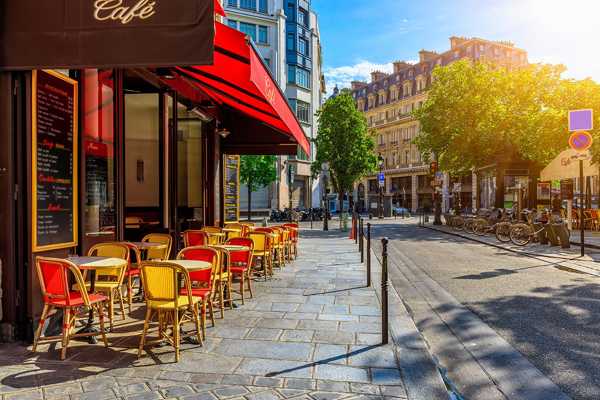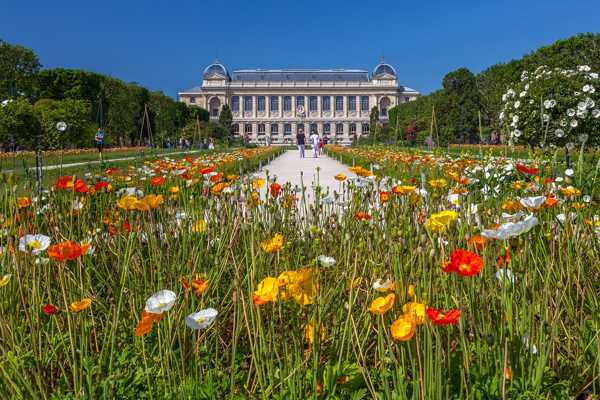The Grand Palais (Grand Palace) is one of the most unique buildings in Paris and one of the city’s most spectacular exhibition spaces. By turns a historic edifice, museum and exhibition centre, the notable monument was one of the most cutting-edge architectural works of its time.
The palatial building on Avenue du Général Eisenhower is also recognized by the French government as an important historical monument. You can find the site in the heart of Paris, sandwiched between the Avenue des Champs-Élysées and the River Seine.
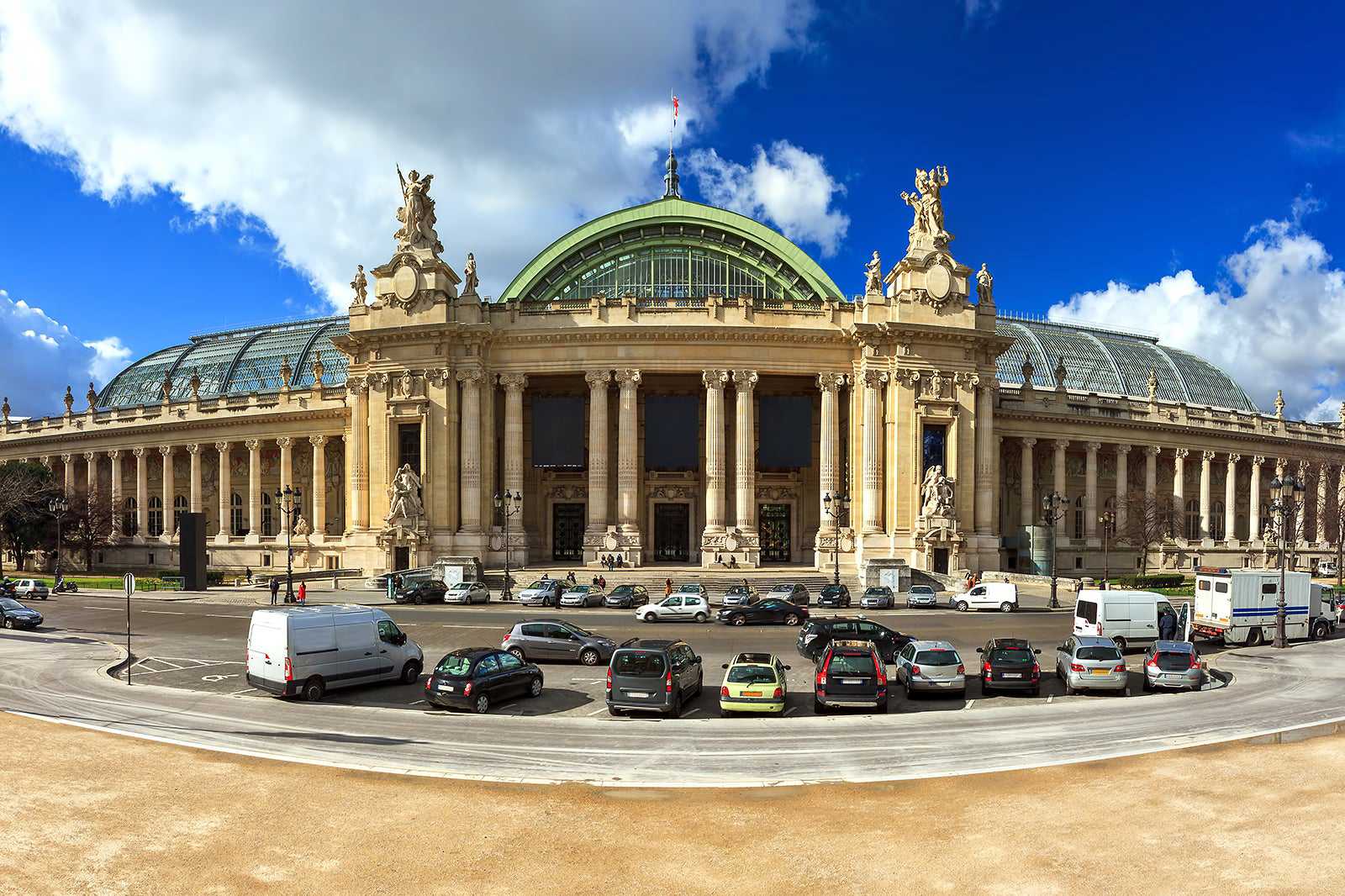
A brief history of the Grand Palais
The Grand Palais was built for the 1900 World Exposition to celebrate past and future technology and innovation. The impressive structure was created in the Beaux-Arts style and used a number of different techniques which were novel at the time. Its glass roof vault, the largest in the city and a key element of the building, is impressive even by today’s standards, and its use of light steel framing and reinforced concrete were state-of-the-art.
Though it was originally conceived for the World Exposition, the Grand Palais has remained, to this day, one of the most majestic buildings of the early 20th century. It has hosted numerous artistic and historic events throughout its existence. From prestigious sporting events and opening shows from some of the world’s greatest painters, the palace has remained at the forefront of innovation for well over a century.
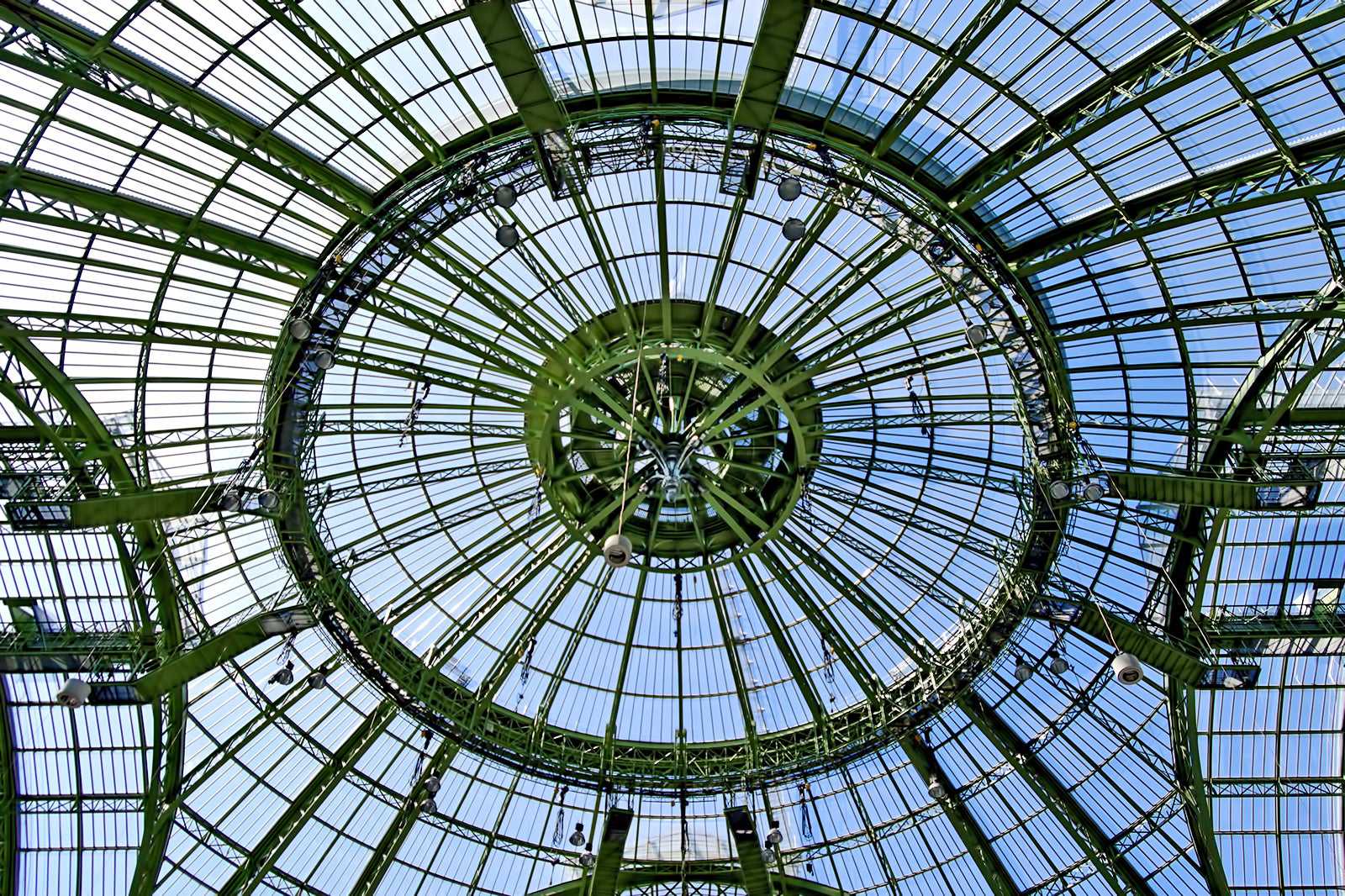
What are the highlights of the Grand Palais?
Most well-known to the public as an art exhibition centre, the palace originally hosted ground-breaking openings such as the Fauvist show of Salon d'Automne, which was attacked by critics and the public alike as being too scandalous to open.
With wildly colourful paintings by future greats such as Henri Matisse and Gauguin, the palace has gone down in art history. The extraordinarily influential Cubist movement was also first unveiled here.
The Grand Palais Nave, a steel and glass structure weighing 8,500 tons (more than the Eiffel Tower) has been completely restored and is the main attraction of the building. With more than 16,000 square metres of glass panes and repainted in the original “mignonette” pale green, the immense cupola is exactly as it was when the structure opened in 1900.
As one of Paris’ most spectacular exhibition spaces, you may encounter grandiose works of contemporary art from creators such as Anish Kapoor, as well as food festivals, auctions for vintage cars or even international photography shows.
Adjoining galleries host a number of temporary events including major shows featuring world-renowned artists such as Picasso, Velazquez, and Francis Bacon. Certainly, the Grand Palais is one of Paris’ best places to see fine art.
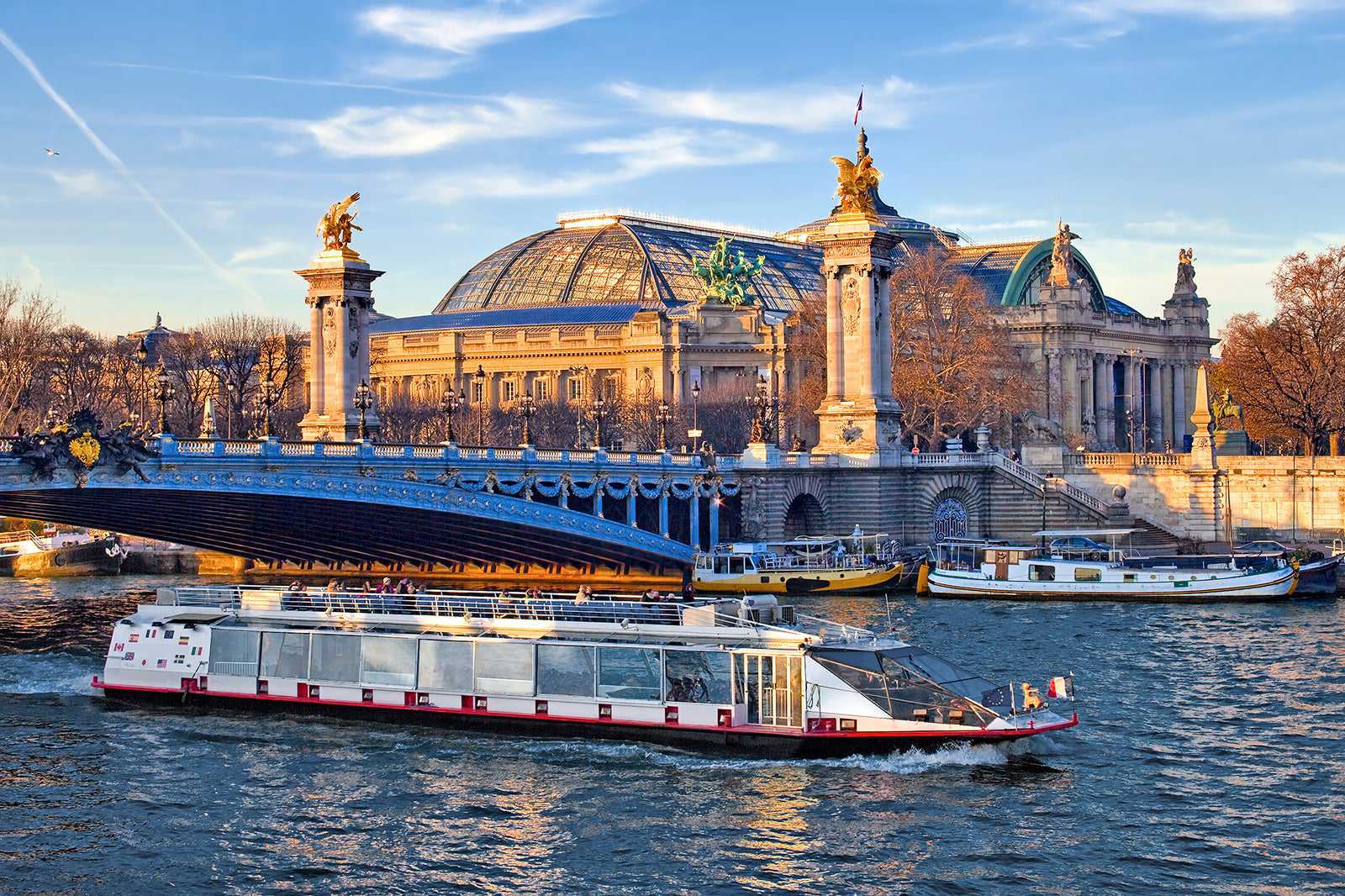
Where is the Grand Palais?
The Grand Palais is smack-dab in the middle of Paris. The nearby gold-leaf-covered Alexandre III bridge, which was also built at the same time for the 1900 World Exposition, is a few minutes' walk away, as is Les Invalides and the Musée de l’Armée (Military Museum).
Further up the road is the famous Avenue des Champs-Élysées, a busy commercial thoroughfare ending at the Arc de Triomphe – the greatest monument to the Napoleonic campaigns.
To enjoy the City of Light from another viewpoint, the nearby Bateaux Mouches river cruise company offers regular sightseeing cruises, and a large part of the Seine-side quay has been transformed into a pleasant promenade lined with sunny cafes and bars.
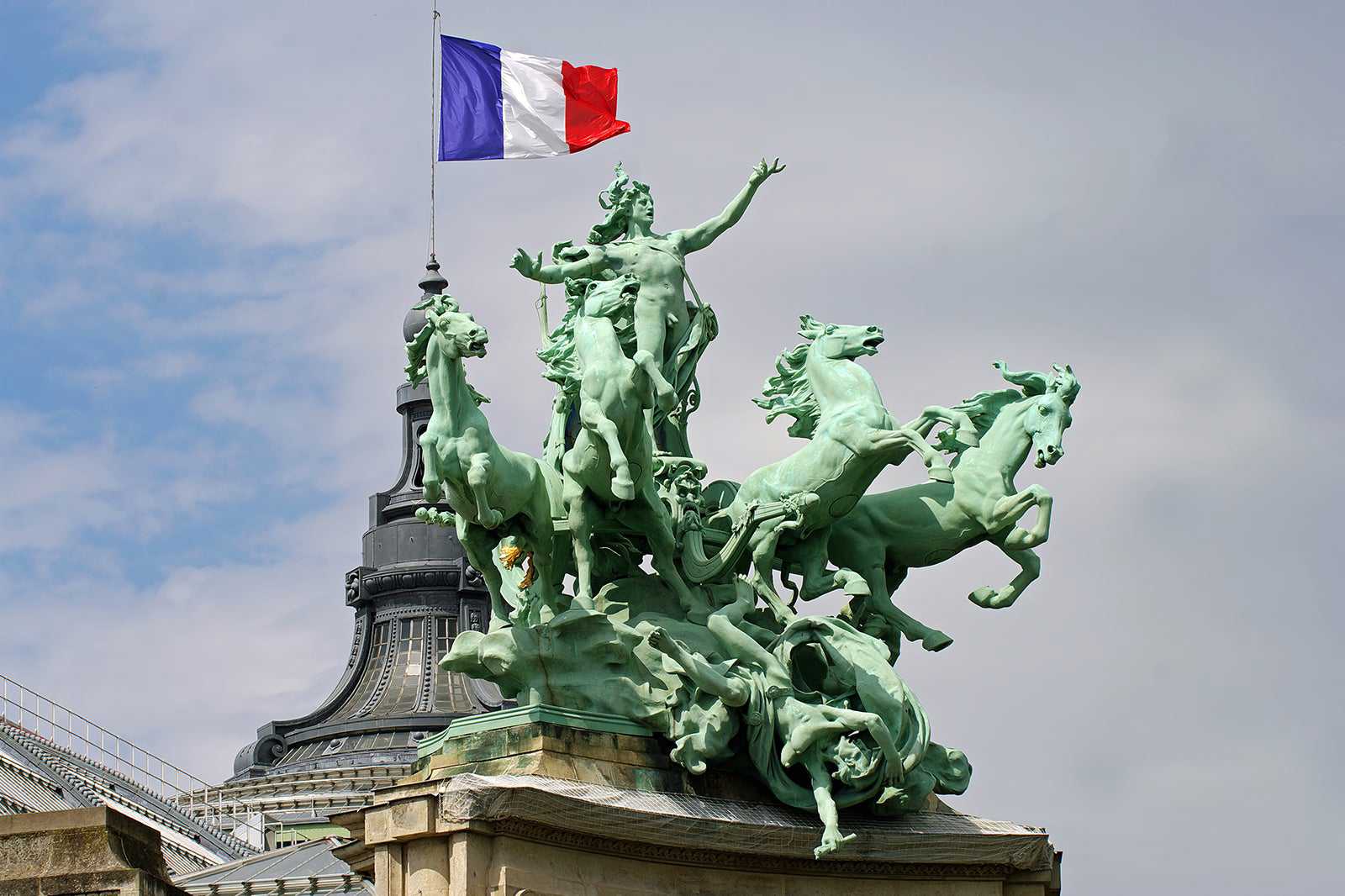
The Grand Palais in Paris
Địa điểm: 3 Avenue du Général Eisenhower, 75008, Paris
Điện thoại: +33 (0)1 44 13 17 17













